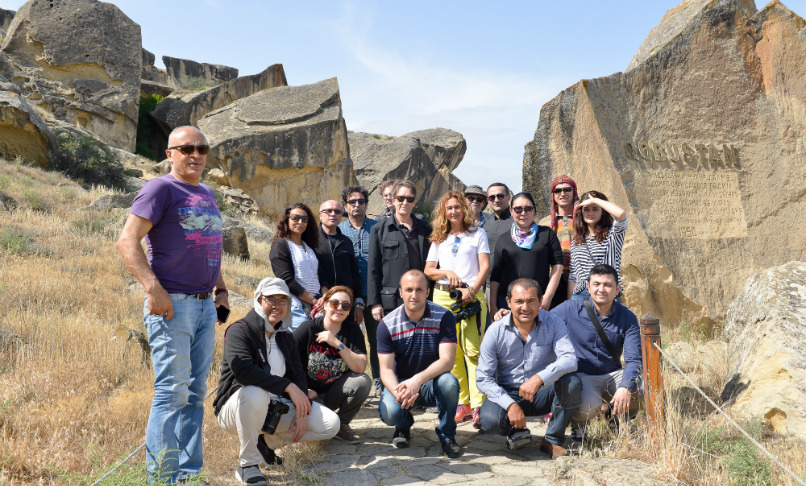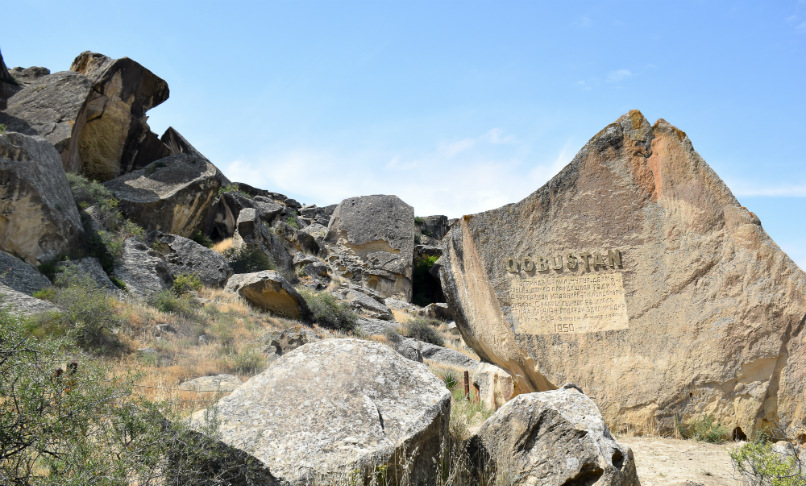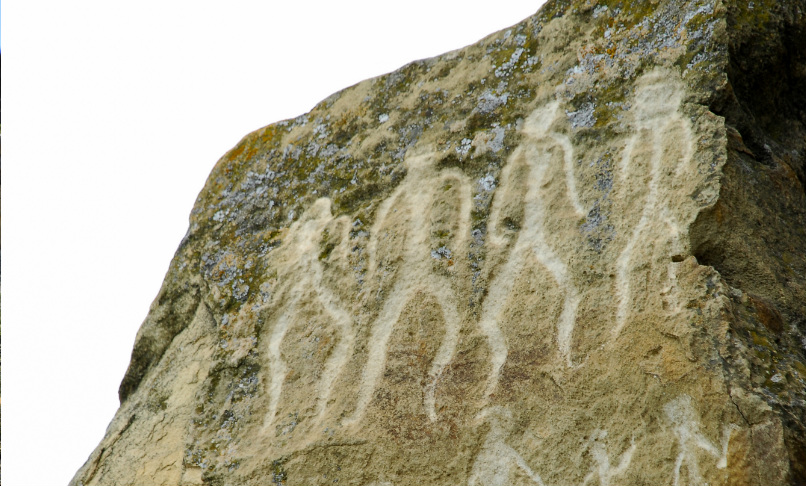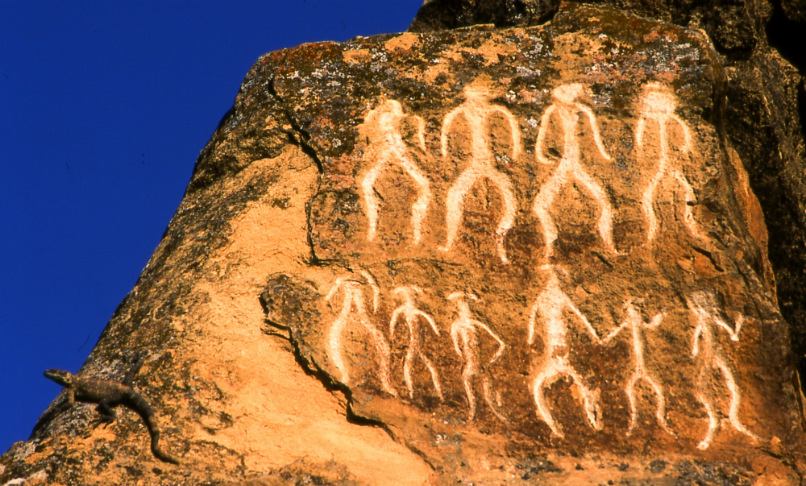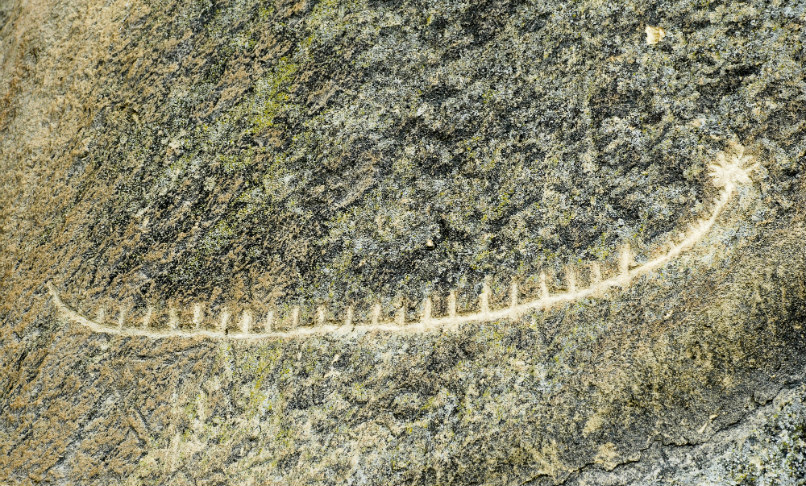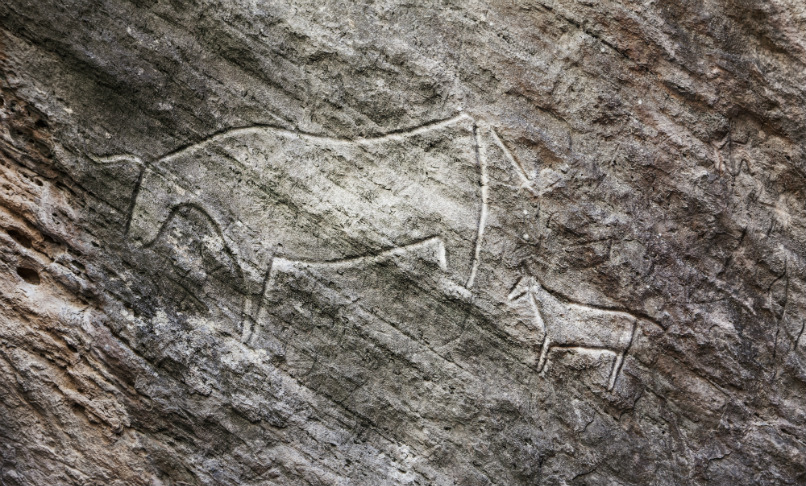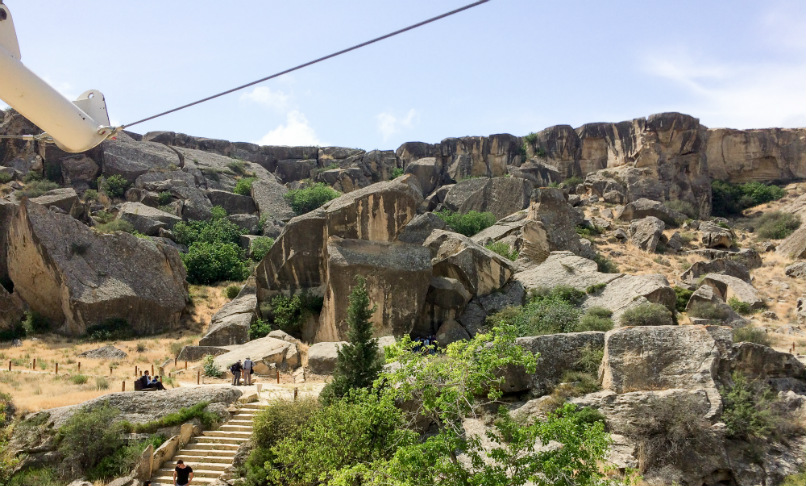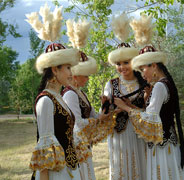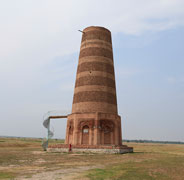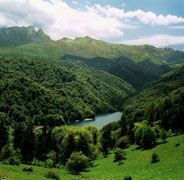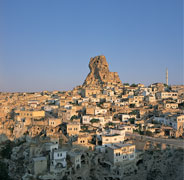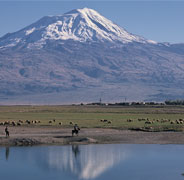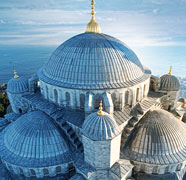Qobustan
Qobustan in modern-day Azerbaijan has been settled since 8,000BC and is famous for its ancient rock petroglyphs (rock carvings) and mud volcanoes rising out of the semi desert of Azerbaijan. Nearly 300 of the world's 700 mud volcanoes are located in this part of eastern Azerbaijan, near the Caspian Sea.
In 2007, the Qobustan Rock Art Cultural Landscape was awarded UNESCO World Heritage Status.

